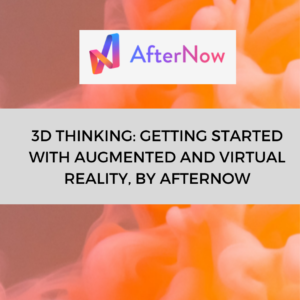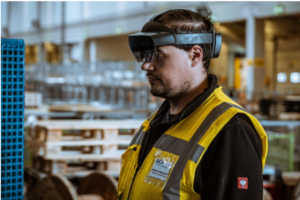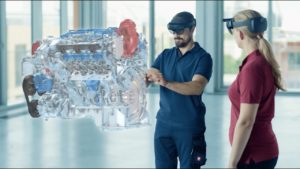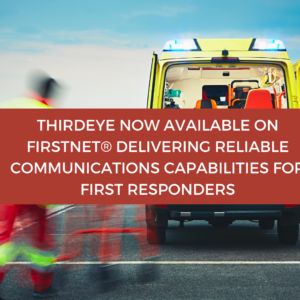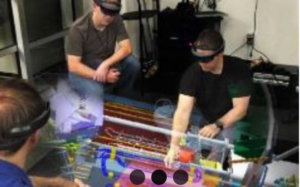New 5G R&D from Qualcomm looks set to transform industries around the world
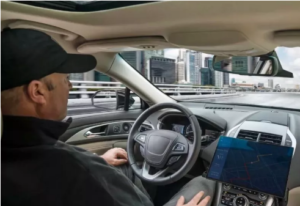
Qualcomm has unveiled its latest research milestones and innovations for advancing the next chapter of 5G, and they looks likely to transform industries worldwide. The company’s new and updated R&D over-the-air (OTA) testbeds and system simulations are enhancing the 5G system foundation to bring even more capacity, wider coverage, and lower latency to mobile operators and devices on a global scale. The testbeds and system simulations also highlight 5G’s horizontal capabilities to transform a wide range of industries from industrial IoT, automotive, enterprise, and more.
“Qualcomm Technologies is committed to driving the mobile ecosystem forward by breaking technology barriers and bringing superior 5G system performance to new industries, use cases and experiences for the smartphone and beyond,” said John Smee, vice president, engineering, Qualcomm Technologies, Inc. “Our new 5G R&D technology OTA testbeds and system simulations build on more than 30 years of deep wireless technology expertise, end-to-end system knowledge, global experience, and exemplify our leadership in advancing 5G for the next decade,” Smee continued.
Strengthening wide-area 5G system foundation
The latest wide-area 5G OTA test networks, prototypes, and system simulations announced by Qualcomm illustrate new capabilities and efficiencies of the 5G system. The latest demonstrations are focused across five key wide-area 5G research topics including subband half-duplex, wide-area 5G positioning, cross-node machine learning, 5G NR-Light evolution with sidelink, and 5G device disaggregation.
Expanding mobile mmWave deployments
New mmWave OTA prototypes and system simulations have been announced by Qualcomm, a pioneer in mmWave technology, and are exemplified in five key areas. These are smart mmWave repeaters, machine learning-based beam prediction, network topology optimisation, mmWave IoT expansion, and mmWave in smart factories.The company’s demos showcase how 5G mmWave is evolving to support even better performance, deployment efficiency and expanded use.
Smarter transportation with 5G V2X sidelink
Qualcomm’s automotive vision for 5G V2X (vehicle-to-everything) is to bring increased road safety by connecting cars to other cars, pedestrians, bicyclists, road infrastructure and more. Their new 5G Rel-16 aligned R&D prototype further drives the 5G V2X sidelink evolution for delivering enhanced network capacity by offloading high-bandwidth data such as local high-res 3D maps from wide-area 5G networks, as well as bringing more robust communication with distributed time synchronisation to maintain communication even when GNSS is unavailable.
Enabling new Industry 4.0 efficiencies
The 5G over-the-air industrial test beds from Qualcomm illustrate key features pushing the boundaries of 5G technology, which sets the foundation for Industry 4.0. Advanced technologies showcased by Qualcomm are time sensitive networking (TSN) with micro-second level time synchronisation, ultra-high reliability with coordinated multi-point (CoMP), indoor precise positioning with centimetre level accuracy, and the novel introduction of sidelink to industrial IoT for more efficient device-to-device communication.
Boundless XR over 5G mobile mmWave
Using their optimised end-to-end 5G mmWave OTA system, Qualcomm showcases efficient simultaneous support of multiple virtual reality users across diverse applications, such as workplace collaboration and gaming. This will drive the convergence of physical, digital, and virtual worlds, boundless XR ushers in more immersive mobile virtual and augmented reality experiences through 5G and distributed computing.
Better system efficiencies for greener networks
With mobile networks growing to support wider bandwidths, denser deployments, and more users, Qualcomm’s researchers are also pursuing greener networks. This includes new advanced techniques, such as digital post distortion and high-efficiency modulation schemes that can greatly reduce the energy consumption of a mobile network system while sustaining high performance data links.
Qualcomm Technologies’ latest research shows the growth of new 5G phones, deployments, and applications across wireless technology, edge cloud processing, and AI. Indeed, the company’s new prototypes underscore Qualcomm’s commitment to ongoing research and development of future 5G technologies and beyond.
Read Qualcomm’s AREA
